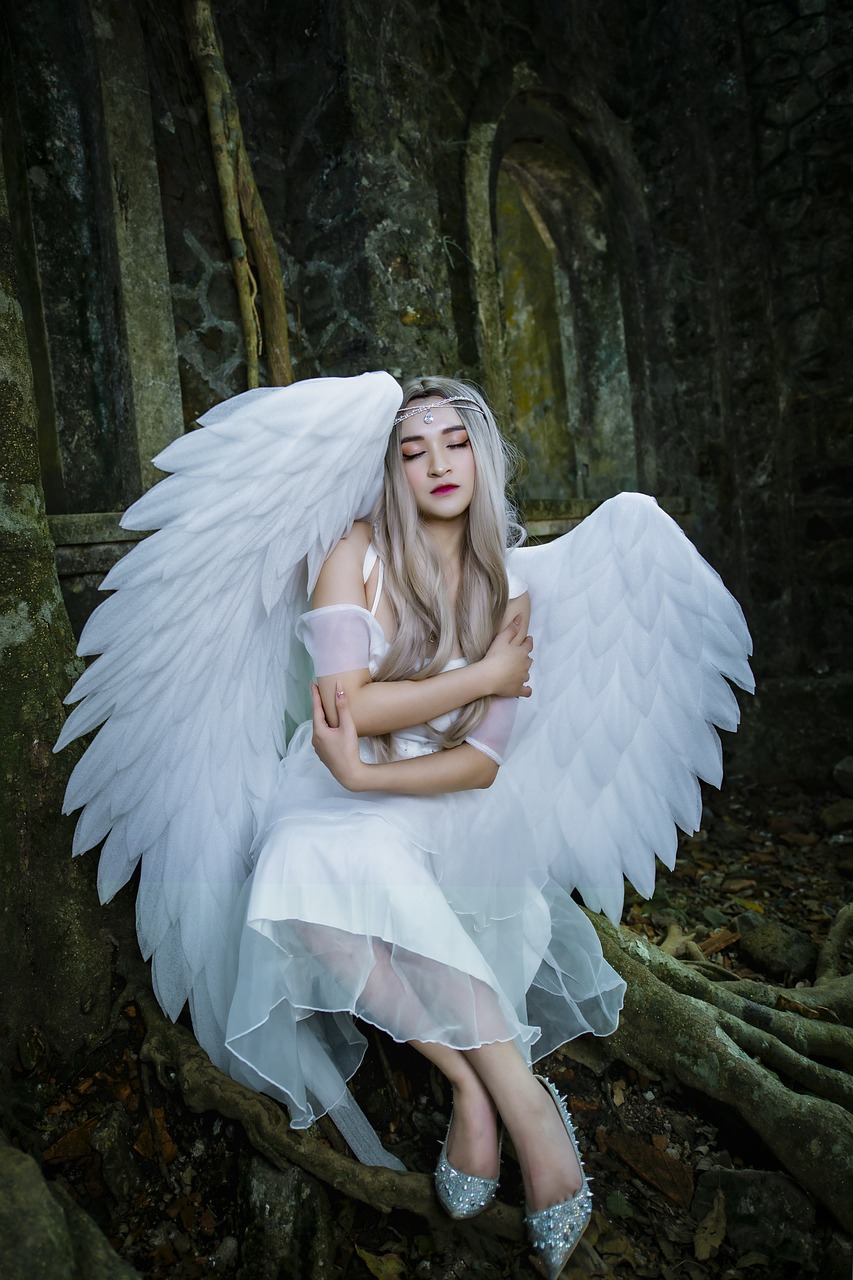The Norse Goddess Sif: A Complex Character in Mythology
In Norse mythology, Sif is primarily recognized as the fertility goddess and wife to Thor, the formidable thunder god. She is particularly noted for the storyline in which Loki, the trickster deity, playfully shears her golden hair, prompting him to replace it with a magical creation. This incident also leads to the birth of several famed enchanted artifacts, including Thor’s iconic hammer, Mjölnir.
Sif is described as the mother of Thor’s daughter Thrud and a son named Ullr, born of an unknown father. Ullr is understood to be the god related to archery, hunting, and skiing, with roots tracing back to Pre-Viking beliefs. In the Prologue of the Prose Edda, various other offspring are mentioned; however, beyond Moda and Magi, they tend to fade from the narrative. Traditionally, Sif is portrayed with long, flowing golden hair, which some academics suggest may symbolize wheat—signifying her role in fertility. In this view, she represents the earth while Thor embodies the nurturing rain, together fostering the life of crops.
Contrasting this interpretation, several scholars, including Rudolf Simek, argue against Sif being viewed purely as a fertility goddess. Unlike the more celebrated goddesses, such as Freyja and Frigg, Sif did not enjoy a significant following in the ancient Norse religion. Her stories primarily revolve around her notorious haircut, which served to ignite the creation of significant magical objects. The 13th-century Prose Edda, penned by Snorri Sturluson, alongside excerpts from the Lokasenna, includes her but seldom connects her directly with fertility. Instead, her name translates to “relation by marriage” or “in-law relationship,” reflecting her role as Thor’s spouse—indicating a shift in the portrayal of divine femininity where her significance, unlike that of other goddesses, is often diminished.
The Story of Sif’s Hair and the Magical Creations
The narrative surrounding Sif’s haircut serves as a central event for the character. Loki, seeking amusement, sneaks up on Sif as she slumbers beside Thor and, against her wishes, crops her golden locks. The loss of Sif’s hair triggers Thor’s fury upon discovery, instantly suspecting Loki’s involvement. In a bid to avoid catastrophic retribution, Loki pleads for mercy and promises Thor that he will procure a fitting replacement for Sif’s hair from the dwarves, artisans of unmatched skill.
Upon Thor’s consent, Loki travels to Svartalfheim, where he enlists the aid of the accomplished dwarf brothers Brokkr and Sindri. They design a stunning golden wig for Sif that surpasses her original hair. Additionally, they forge five other magical artifacts:
- Skidbladnir, the swift ship that retracts into a pocket
- Odin’s spear Gungnir, known to always hit its target
- Frey’s golden boar, Gullinbursti
- The ring Draupnir, which creates eight new rings every ninth night
- Thor’s hammer, Mjölnir, which returns to its owner when thrown
Loki, reveling in mischief once more, wagers with the dwarves that they cannot craft three items as extraordinary as the ones he brings before the gods. Despite Loki’s attempts to sabotage their work by transforming into a gadfly and stinging the dwarves, they successfully produce the items, albeit with the hammer’s handle being shorter than originally planned due to Loki’s interruptions.
In haste, Loki presents the treasures to the gods before the dwarves can expose his deceit, including a new hairpiece for Sif and Mjölnir for Thor. The dwarves later confront the gods, claiming Loki’s head as payment for their services. However, Loki cleverly wriggles out of the predicament by emphasizing that he wagered his head, not his neck, resulting in a compromise where the dwarves sew his mouth shut instead.
Sif’s Minor Roles in Mythology
Sif’s involvement in other myths often portrays her more as a plot device rather than a central character. For instance, during a contest between Odin and Hrungnir, a giant, Sif becomes a trophy claimed by Hrungnir. Despite his initial win in the race against Odin, Hrungnir threatens the gods with destruction and expresses his desire to abduct both Freyja and Sif. This leads to Thor confronting Hrungnir, ultimately defeating him, but not without becoming pinned beneath the giant’s weight until freed by his young son.
In the Poetic Edda, Sif is somewhat more active but still retains a background role. Her single dialogue occurs in Hárbarðsljóð during a confrontation between Thor and Harbardr, a guise of Odin, where she becomes the subject of ridicule, with suggestions about her supposed infidelity.
Moreover, in the Lokasenna, Loki publicly accuses Sif of being unfaithful to Thor, calling into question her loyalty. Although his accusations may not hold truth, given Loki’s reputation for deception, they highlight Sif’s ambiguous position within the community of gods. This narrative suggests a complex interplay between divine relationships and the perceived fidelity of gods, especially in the context of fertility goddesses, who often had relationships beyond their primary partners.
The Legacy of Sif in Norse Mythology
It has been speculated that Sif’s portrayal may stem from her origins as a prominent fertility goddess, overshadowed over time by other deities like Freyja and Frigg. Her narrative, documented predominantly by Christian scribes, lacks details that would elucidate her prior importance. Sif’s character may well reflect an amalgamation of tradition that diminished her prominence alongside the rise of other fertility figures.
In modern interpretations, especially within popular culture, Sif has emerged as a warrior goddess depicted prominently in the Marvel Cinematic Universe. While her character diverges significantly from the mythological foundation—where she is largely seen as a victim needing rescue and as a simple wife—the contemporary depiction resonates with attributes of strength and capability, aligning with the robust image of Norse goddesses.
In conclusion, while Sif’s mythological appearances may seem limited, they beckon inquiry into her ancient significance and the transformations her identity has undergone throughout the ages. Throughout these tales, her character encapsulates the themes of loyalty, fertility, and the complex nature of divine relationships.



